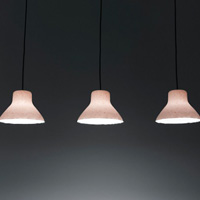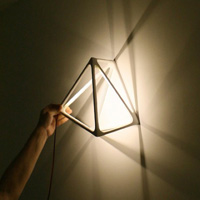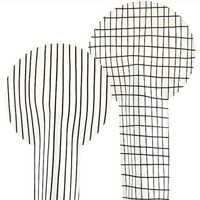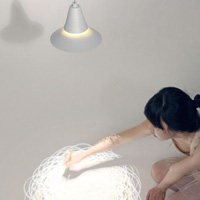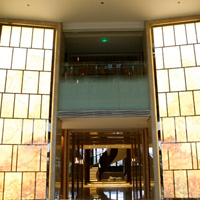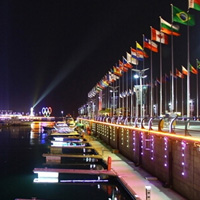CIE 127-1997 发光二极管(LED)测量-英文版
摘要: 系统地介绍了与发光二极管测试有关的术语和定义,在此基础上,详细介绍了测试方法和测试装置的要求。
I. Introduction
1.1 Scope
Semiconductor devices which emit optical radiation can be divided into two distinct groups, luminescent diodes, usually known as Light Emitting Diodes or LEDs, and laser diodes. The present report is concerned only with the first group, conventional LEDs.
Laser diodes, like other types of lasers, emit radiation in a coherent, spatially narrow beam with quasi-monochromatic spectral characteristics. They require a completely different measurement technique to ordinary LEDs and are not dealt with in this report.
I.2 Terminology
Strictly speaking, the term LED should only be applied to those diodes which emit visible light. Those which emit radiation in the near infrared should, more correctly, be called IREDs (Infrared Emitting Diodes). In general, however, both groups are widely referred to as LEDs and, since most of the measurement techniques and characterizations are identical for the two groups, the term LED is used throughout this report to cover both types. The sections relating to photometric and colorimetric quantities clearly apply only to those devices emitting visible light, but if there is any uncertainty this will be made clear at the appropriate point. 1.3 Purpose of the Report
LEDs are produced in enormous quantities and in a wide range of different types to meet the very different specifications of a variety of applications. When the wide range of different types of LEDs is combined with the multi-dimensional properties of the emitted optical radiation which must be considered during a measurement, not only in relation to the emitting diode but also as they affect the receiving detector, the range of possible influences on the result of a measurement is considerable and the related measurement uncertainty becomes correspondingly high. The low level of the radiant power emitted by some LEDs can limit the resolution with which the spectral and spatial distributions can be measured and, in order to increase the signal at the detector, it has become common practice to measure an averaged value of a spatial quantity such as directional intensity. Until the publication of the present report, however, no agreed procedure had been put forward to standardize the conditions for this averaging process.
Definitions of the various radiometric, photometric and colorimetric quantities used to characterize the performance of LEDs have been collected and presented here in a way that is intended to show some of the limiting conditions that apply during a measurement. Recommendations are given for new CIE standard measurement conditions which can be used to specify the properties of LEDs.
Although they are frequently used in combination with physical detectors, LEDs that emit visible light are also widely used in applications where information has to be conveyed to the human eye. This report, therefore, deals with the characterization of the emitted radiant power not only in terms of radiometric quantities, but also, where applicable, in terms of photometric and colorimetric quantities. Whether radiometric or photometric quantities are involved, they should always be measured using the appropriate SI units.
……
凡注明为其它来源的信息,均转载自其它媒体,转载目的在于传递更多信息,并不代表本网赞同其观点及对其真实性负责。
用户名: 密码:

